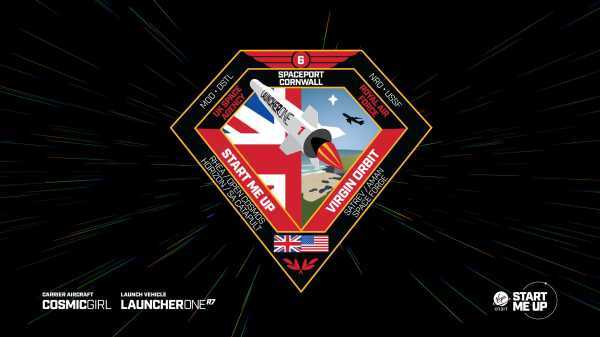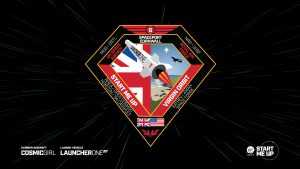

After the modified Boeing 747, Cosmic Girl, reached the designated landing zone, both LauncherOne rockets failed to reach the required orbit. Nine satellites from the payload were lost when they re-entered the Earth's atmosphere over the Atlantic.
However, Matt Archer, director of the British Space Agency's commercial space flight division, emphasizing the positive, noted that the project created the possibility of a horizontal launch at the new Cornwall Spaceport.
Britain remains committed, he said, to becoming Europe's leading provider of commercial launches of small satellites by 2030, with vertical launches also planned from Scotland. He added that the agency will work with Virgin Orbit as it investigates the cause of the anomaly in the coming days and weeks.
The company Virgin Orbit described what happened after the launch of the rocket:
"Then the rocket ignited its engines, quickly went hypersonic and successfully reached space. Flight then continued due to successful stage separation and ignition of the second stage. However, at some point during the launch of the rocket's second stage engine and while the rocket was traveling at over 11,000 miles per hour, an anomaly occurred in the system, resulting in the premature termination of the mission."
<p>Unfortunately for Cornwall, this was the first of five LauncherOne missions carrying payloads for private companies and government agencies that failed to deliver their payloads to their target orbits.
"We're very proud of the many things we've successfully accomplished as part of this mission, we remember not being able to give our customers the launch service they deserve," said Virgin Orbit CEO Dan Hart.
“The fact that this mission is being carried out for the first time added to the complexity, which our team handled professionally; however, in the end, it seems a technical glitch prevented us from completing the orbit. We will work tirelessly to understand the nature of the malfunction, take corrective action, and return to orbit as soon as we complete the full investigation and mission assurance process."
Among the lost satellites were the Defense Science & Technology Laboratory's (DSTL) Coordinated Ionospheric Reconstruction Cubesat Experiment (CIRCE), a research satellite from the RHEA Group, Oman's first Earth observation satellite, and the ForgeStar Space Forge -0 CubeSat.
Third parties involved in the creation of the mission included the UK Space Agency, the Royal Air Force, the Civil Aviation Authority (CAA), DSTL, the US Federal Aviation Administration and the US National Intelligence Agency.
The CAA is reportedly conducting its own investigations into the botched launch.
See also:
Source: electronicsweekly.com










